Occupation Naval Officer Title Admiral | Name Phillip King Parents Philip Gidley King | |
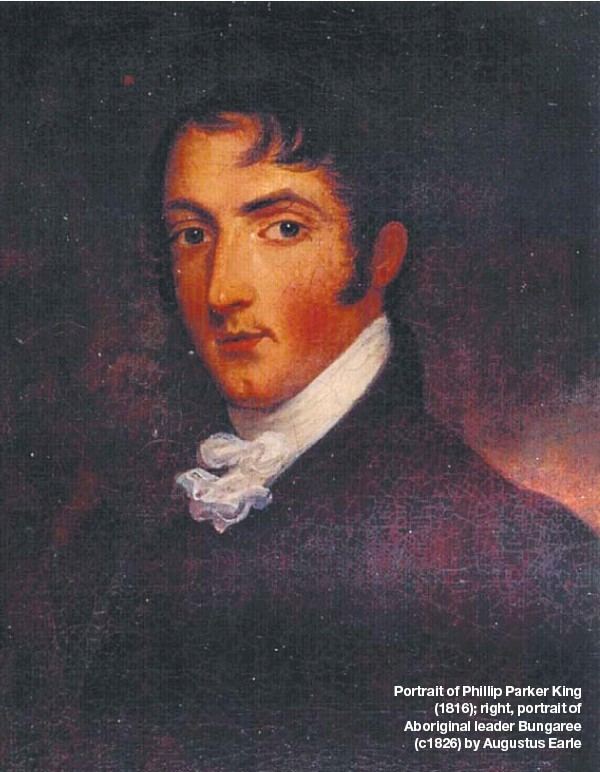 | ||
Full Name Phillip Parker King Books Narrative of the Surveyin, Narrative of a Survey of the Intertr, Narrative of a Survey of the Intertr | ||
Admiral Phillip Parker King, FRS, RN (13 December 1791 – 26 February 1856) was an early explorer of the Australian and Patagonian coasts.
Contents
- Early life and education
- Expeditions in Australia
- Expeditions to South America
- Later life
- Legacy
- Works
- References
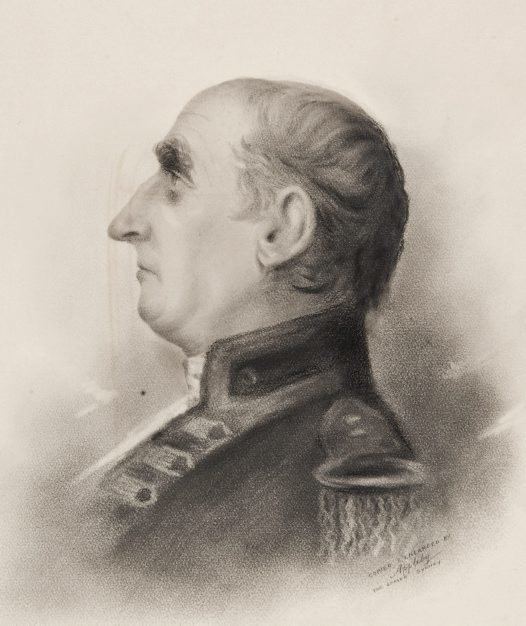
Early life and education
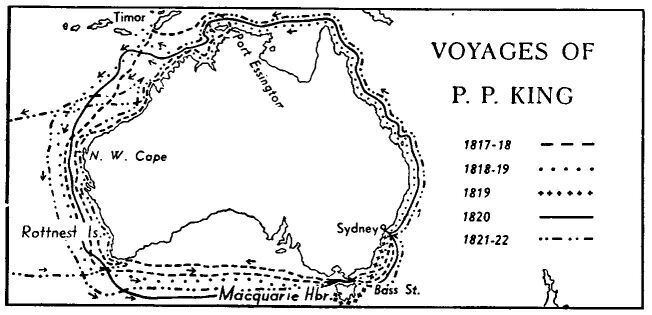
King was born on Norfolk Island, to Philip Gidley King and Anna Josepha King née Coombe, and named after his father's mentor, Admiral Arthur Phillip (1738-1814), (first governor of New South Wales and founder of the British penal colony which later became the city of Sydney in Australia), which explains the difference in spelling of his and his father's first names. King was sent to England for education in 1796, and he joined the Royal Naval Academy, at Portsmouth, in county Hampshire, England in 1802. King entered the Royal Navy in 1807, where he was commissioned lieutenant in 1814.
Expeditions in Australia
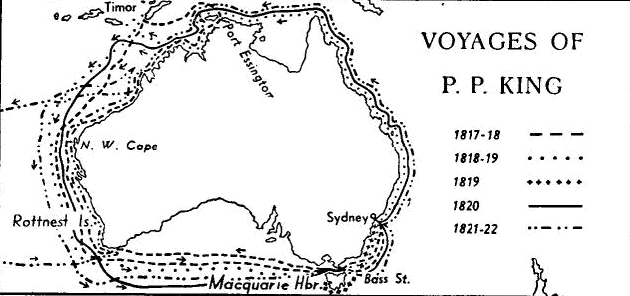
King was assigned to survey the parts of the Australian coast not already examined by Capt. Matthew Flinders, RN, (1774-1814), (who had already made three earlier exploratory voyages between 1791 and 1810, including the first circumnavigation of Australia) and made four voyages between December 1817 and April 1822. Amongst the 19-man crew were Allan Cunningham (botanist), John Septimus Roe and the aborigine Bungaree. The first three trips were in the 76 tonne cutter HMS Mermaid, but the vessel was grounded in 1820.

The Admiralty instructed King to discover whether there was any river 'likely to lead to an interior navigation into this great continent'. The Colonial Office had given instructions to collect information about topography, fauna, timber, minerals, climate, and the natives and the prospects of developing trade with them. From February to June 1818, the coast was surveyed as far as Van Diemen Gulf and there were many meetings with Aboriginals and Malay proas. In June the Mermaid visited Timor and then returned to Sydney, arriving on 29 July. Next December and January King surveyed the recently discovered Macquarie Harbour in Van Diemen's Land and sailed in May 1819 for Torres Strait. King took John Oxley as far as the Hastings River, and continued on to survey the coast between Cape Wessel and Admiralty Gulf. King returned to Sydney on 12 January 1820.
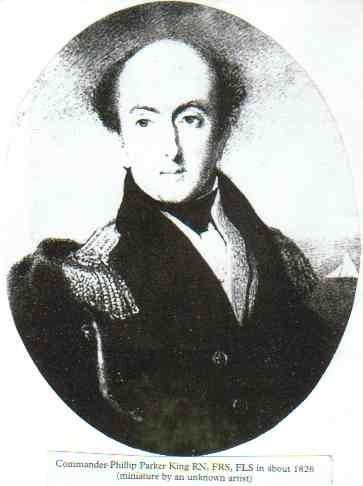
King's fourth voyage was undertaken in the 154 tonne sloop HMS Bathurst. The ship headed north, through Torres Strait and to the north-west coast of the continent. Further survey of the west coast was made after a visit to Mauritius. Valuable contributions had been made to the exploration of Australia.
Expeditions to South America
King had been promoted to commander in July 1821, and in April 1823 returned to England. He subsequently commanded the survey vessel HMS Adventure, and in company with HMS Beagle, spent five years surveying the complex convoluted coasts around the Strait of Magellan (1826-1830) at the southern tip of South America. At the same time, King put together a unique collection of Patagonian objects from local tribes living in Tierra del Fuego, which was later donated to the British Museum in London. In addition to written records, King also lent his hand to drawing and watercolour painting for illustrations, some of which were later used to illustrate his accounts. The result was presented at a meeting of the Royal Geographical Society in 1831. His eldest son, also named Philip Gidley King, accompanied his father and continued as a midshipman in HMS Beagle (1832 - 1836) on the continuing survey of Patagonia under Robert FitzRoy, in the company of noted scientist Charles Darwin (1809-1882). King owned a property at Dunheved in the western suburbs of Sydney where he entertained Charles Darwin on Darwin's last night in Sydney in January 1836.
Later life
In February 1839, King was appointed to the New South Wales Legislative Council, and in April the same year, was appointed resident commissioner of the Australian Agricultural Company, a position he held for ten years. In 1855 King was promoted to Rear admiral on the retired list. King was a Fellow of the Royal Society.
Legacy
King was honoured on the 2-pound postage stamp of Australia in 1963.
The Australian native orchid Dendrobium kingianum has been named after him.
King Sound in the Kimberley region of Western Australia was also named after King who explored the region in 1818.
Six species of reptiles are named in his honour: Chlamydosaurus kingii, Anops kingii, Egernia kingii, Elgaria kingii, Liolaemus kingii, and Disteira kingii.
